Time for a thread on #Islam& #39;s holiest cities - Mecca and Medina - and personal recollection of some of the sites of religious and historical importance located therein.
Starting with Masjid-e-Nabwi, built and established by the Prophet Muhammad (PBUH) himself. Located adjacent to his house, it served as a mosque, a place of learning and community center. Interestingly, first place in Arabian peninsula to be provided with electrical lights, 1909.
The peace is almost palpable here, and the huge courtyard of the mosque is covered when needed by this innovative ceiling which is of particular interest during opening and closing times. Needless to mention, the mosque (Islam& #39;s second holiest site) is open at all times.
The silver dome sits atop the minbar. The green dome (gumbad e khazra) was constructed during the Ottoman period & covers the tomb of the Prophet (PBUH). Representing Ayesha& #39;s (RA) house, the first two caliphs of Islam, Abu Bakr (RA) Umar Ibn Al Khattab (RA) are also buried here.
Interestingly, a fourth grave is said to be reserved here for Hazrat Isa (RA)/Jesus, as Muslims believe in his second coming. It is believed that he will be buried here upon his death. While the Christians believe in Christ& #39;s resurrection, Islam holds that he was never crucified.
Inside the mosque: ahead and to the left is the Riyaz-ul-Jannah, which the Prophet (PBUH) called "one of the meadows of paradise". Located between the pulpit and the tomb, people put in special effort to pray here. It is believed that prayers are always accepted here.
A glimpse of Al-Baqi, the first Islamic cemetery in Medina, located next to the mosque. The graves are marked as shown, since the Saudi-Wahabi alliance demolished all the external structures in 1806 and 1925. There have been calls from other sects of Islam for restoration.
*Picture off Wikipedia* The view of the cemetery before the demolition. Many prominent Islamic personalities are buried in this cemetery: including all of the Prophet& #39;s (PBUH) wives but two, his children, grandson Hasan (RA), his wet-nurse and many of his companions.
The third Caliph of Islam, Usman Ibn Affan (RA) is also buried here. He was originally buried in an adjoining Jewish graveyard, but Al-Baqi was extended during the Ummayad period to include his grave in it.
Though the burial site of the daughter of the Prophet (PBUH), Fatima (RA), is disputed, some believe her to have been buried in Baqi as well. The only adult male survivor of the Battle of Karbala (680 CE), Zain Al Abidin (RA) is also buried here.
In the background in this picture is the Mount Uhud - the site for the second battle fought by the Muslims in 625 CE. This battle was preceded by the battle of Badr (624 CE) and followed by that of the Trench (672 CE).
Burial site of the martyrs of the battle of Uhud. Most prominent amongst these was Hamza Ibn Abdul Muttalib (RA), an uncle of the Prophet (PBUH). His liver by chewed by Hind Bint Utbah, who later accepted Islam at the Conquest of Mecca (630 AD).
This is the Qiblatayn Mosque, where after a revelation to the Prophet (PBUH), the qibla of the Muslims was changed. Muslims used to pray facing the Aqsa Mosque (underscoring the importance of Jerusalem for them), before the Kaaba in Mecca became their qibla.
If you& #39;re entering Mecca to perform an Umrah, you& #39;re supposed to change into ehraam on the way. Two years ago, I wrote this on the journey from Medina to Mecca. Reposting it here.
Also, that& #39;s just a random picture of yours truly doing in Arab as the Arabs do.
Labbaik! Okay, so I have been lucky enough to see some of the world, but I have never seen a building with as much character as the Kaaba. It& #39;s plain, and strikingly beautiful. You have to be there to experience it.
Also in the picture: the Maqam Ibrahim. The stone where Prophet Ibrahim (AS) / Abraham stood while rebuilding the Kaaba. And the semi-circular Hateem attached to the Kaaba, which was originally a part of it.
This is the place of the Sa& #39;i - an essential rite of Hajj & Umrah where you have to walk/run between the hills of Safa and Marwa located adjacent to the Kaaba. It is done in respect of the actions of Hajar (AS), wife of the Prophet Ibrahim...
She ran between these hills seven times, searching for water for her son, Ismail (AS) / Ishmael. Zamzam, water that all Muslims consider holy, is also attributed to the same incident.
In this picture is the building claimed to be the birthplace of the Prophet Muhammad (PBUH), now a library. However, it& #39;s not historically proven, and the Saudi government isn& #39;t very keen about history anyway. Still, a number of people pay a visit to the site.
Before I go further, let& #39;s take a moment to appreciate the quality and variety of dates in Saudi Arabia. Dates and zamzam were our staple food while in the country, and no one complained.
*Correction: As pointed out by @MUHAMMAD_BULEDY, the picture I shared earlier as Qiblatayn was in fact Quba. I regret the error on my part. This is Masjid Qiblatayn.
The Mecca Royal Clock Tower (Abraj Al Bait Towers) serves as your sole source of direction in Mecca, something like the Eiffel Tower in Paris. Interestingly, both Masjid e Nabwi and Kaaba are now surrounded by exquisite, lavish hotels and malls.
On towards the Jabal Al Noor (Hill of the illumination), where - at a height of 890 feet - the cave of Hira is located. The Prophet (PBUH) used to meditate in this cave, and it was here that he received the first divine revelation through the angel Gabriel (AS).
The entrance to the cave with the first revealed verses written: “Read in the name of thy Lord who created; [He] created the human being from blood clot. Read in the name of thy Lord who taught by the pen: [He] taught the human being what he did not know.”
There might have been a hiccup, thread continued here: https://twitter.com/asifnz/status/1260253468704616451?s=20">https://twitter.com/asifnz/st...

 Read on Twitter
Read on Twitter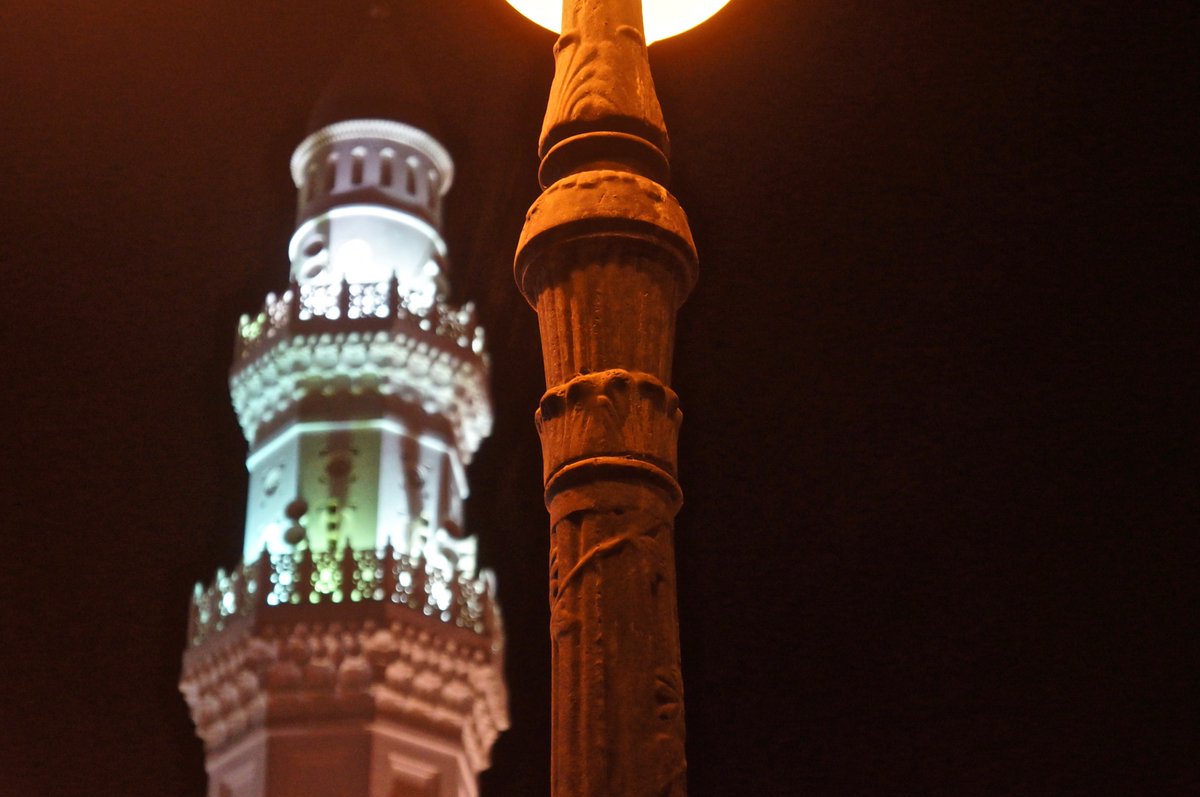
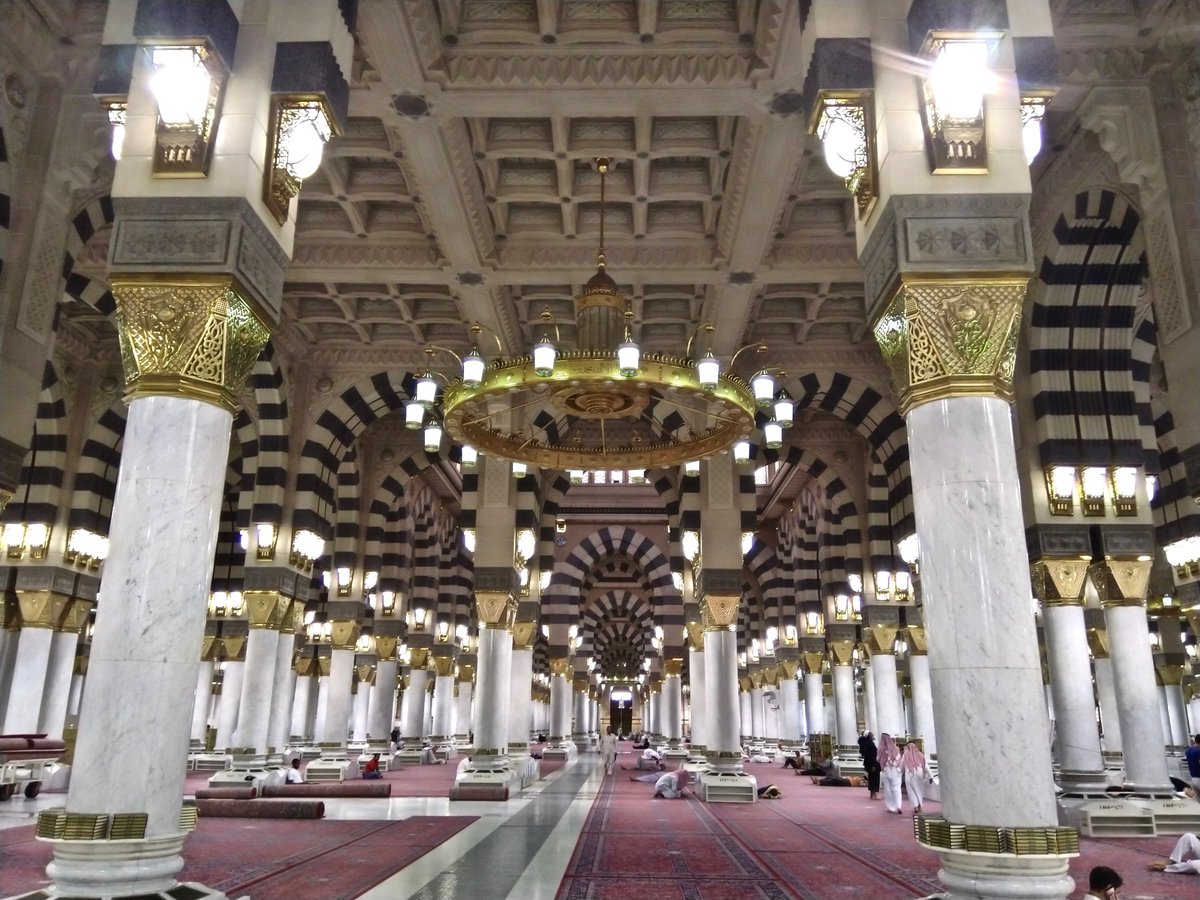
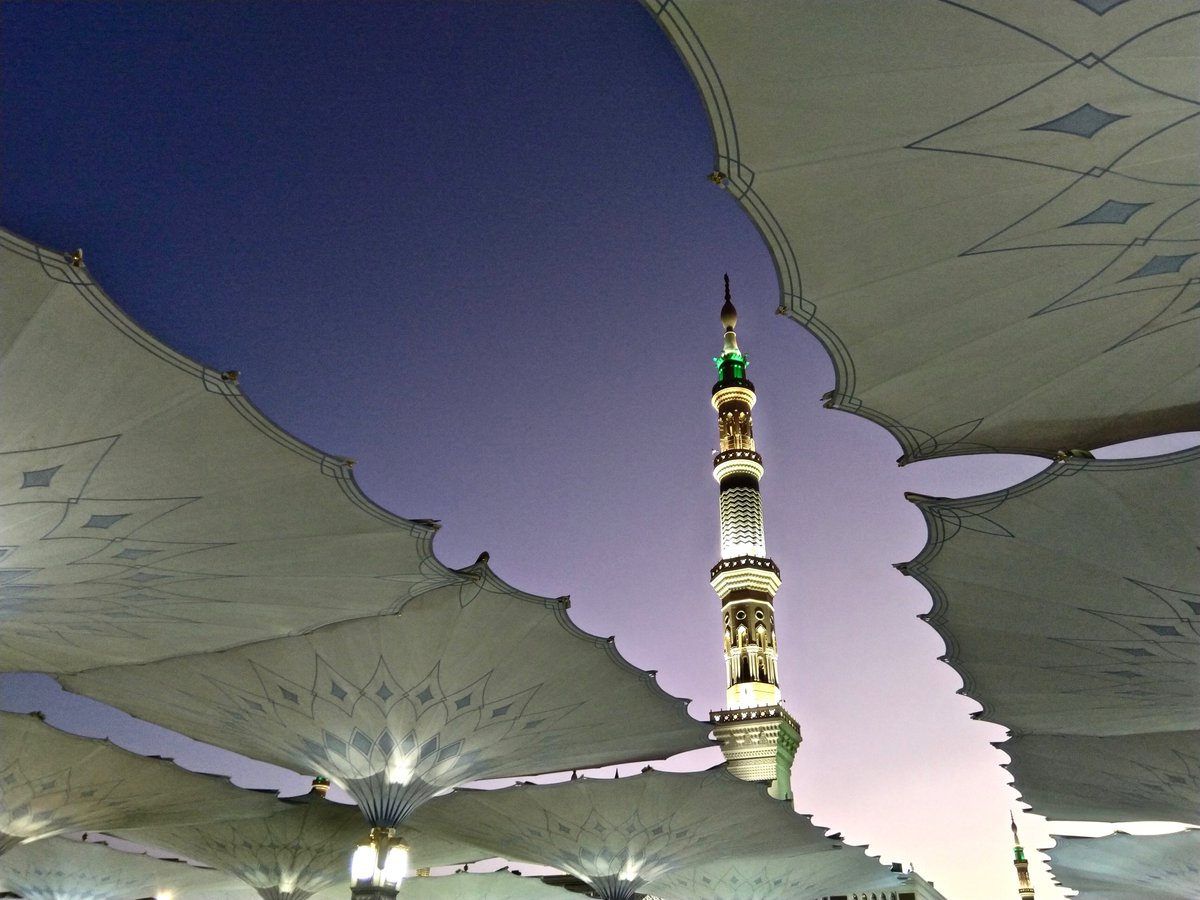
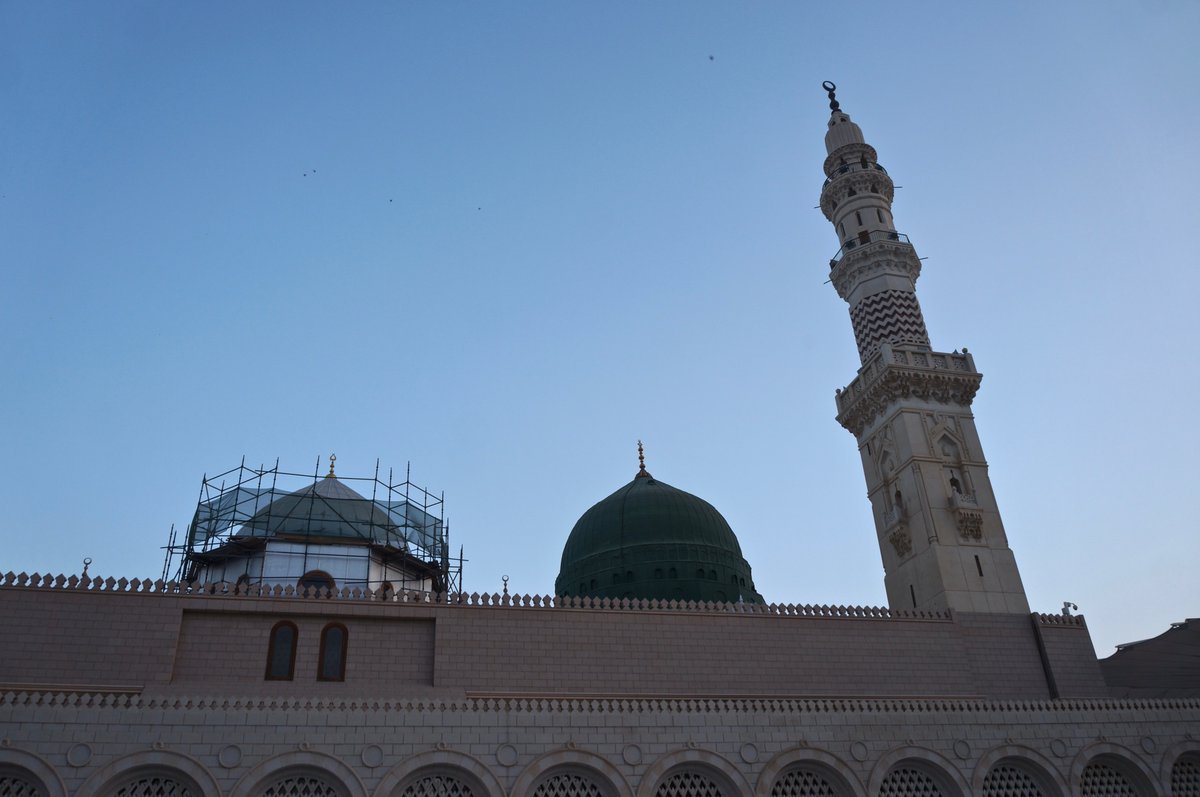

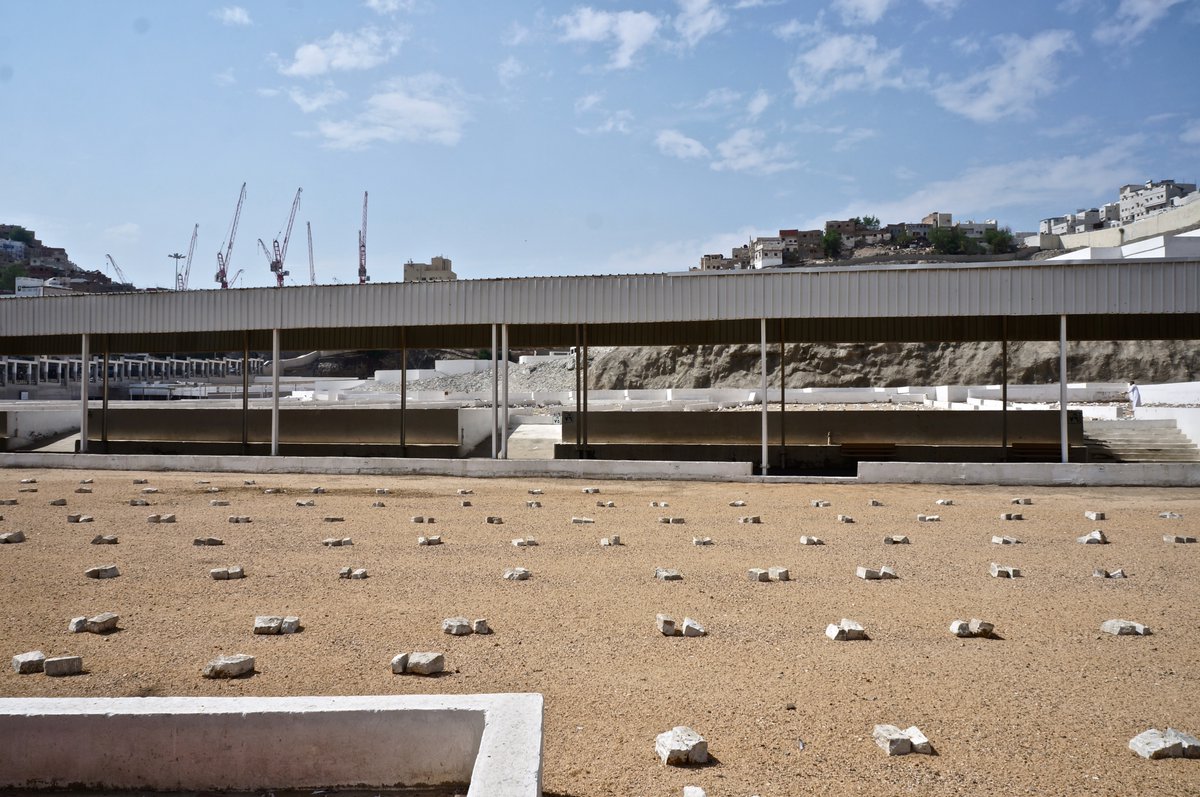
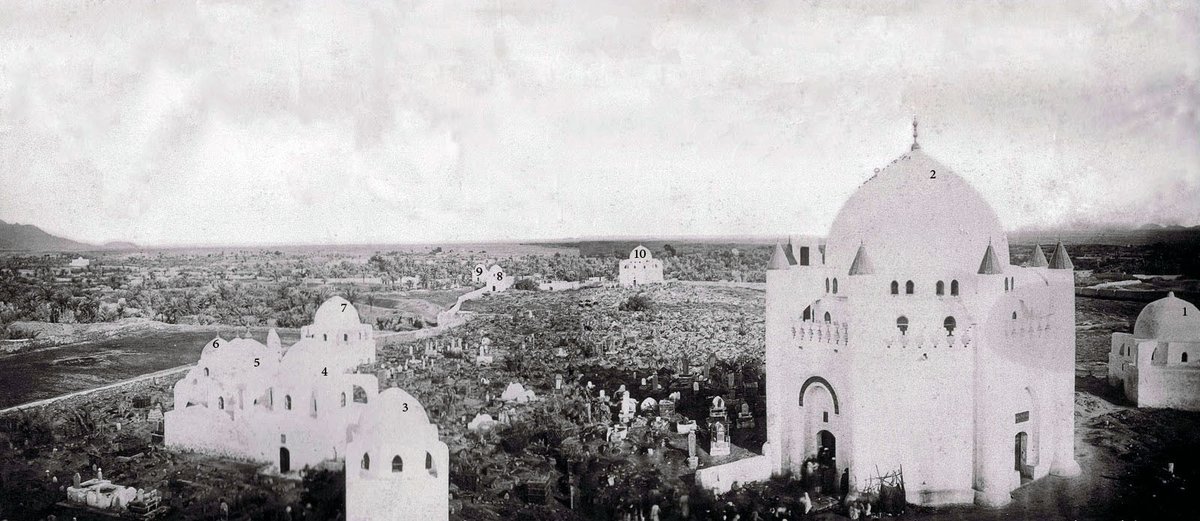
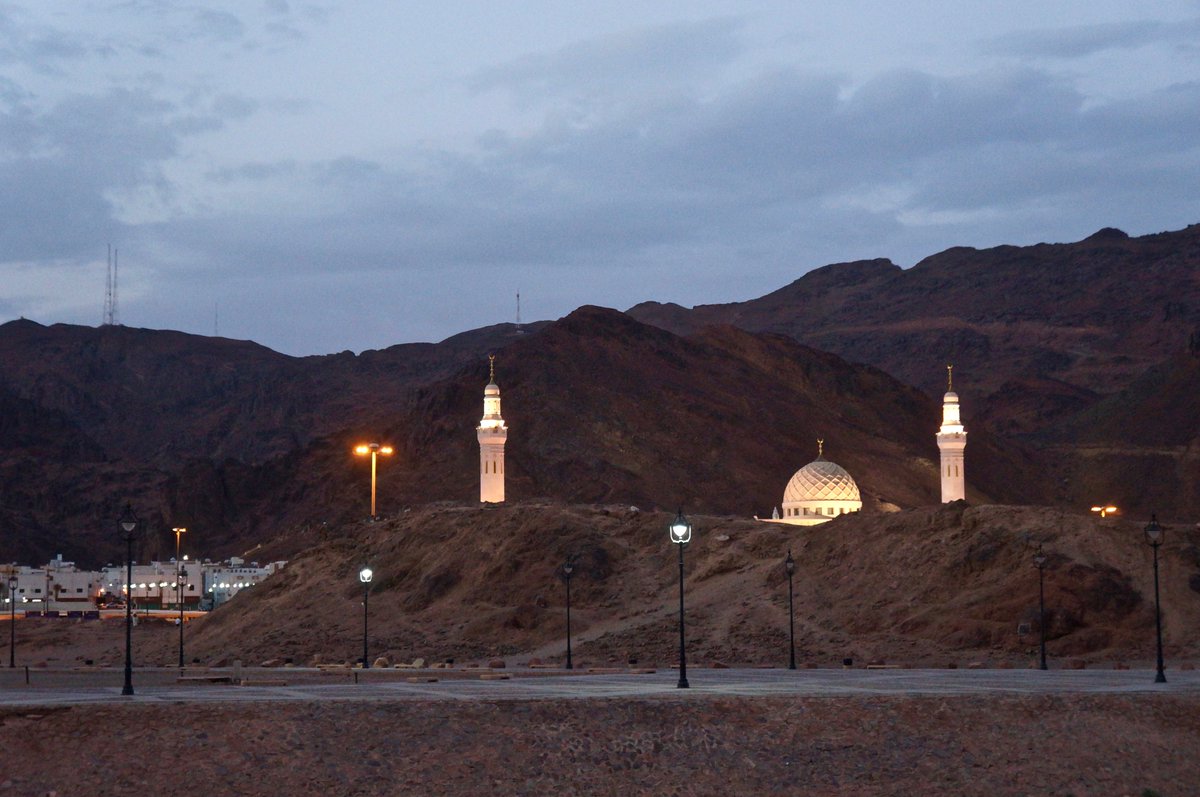

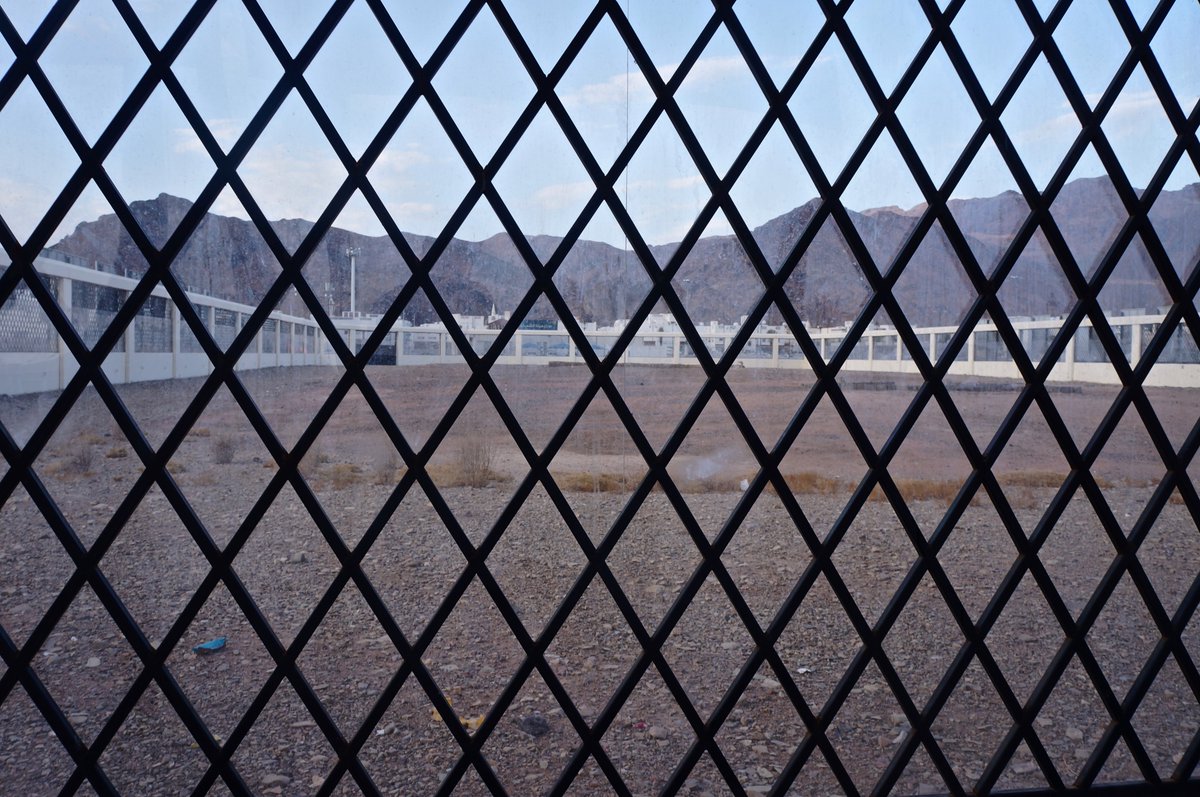

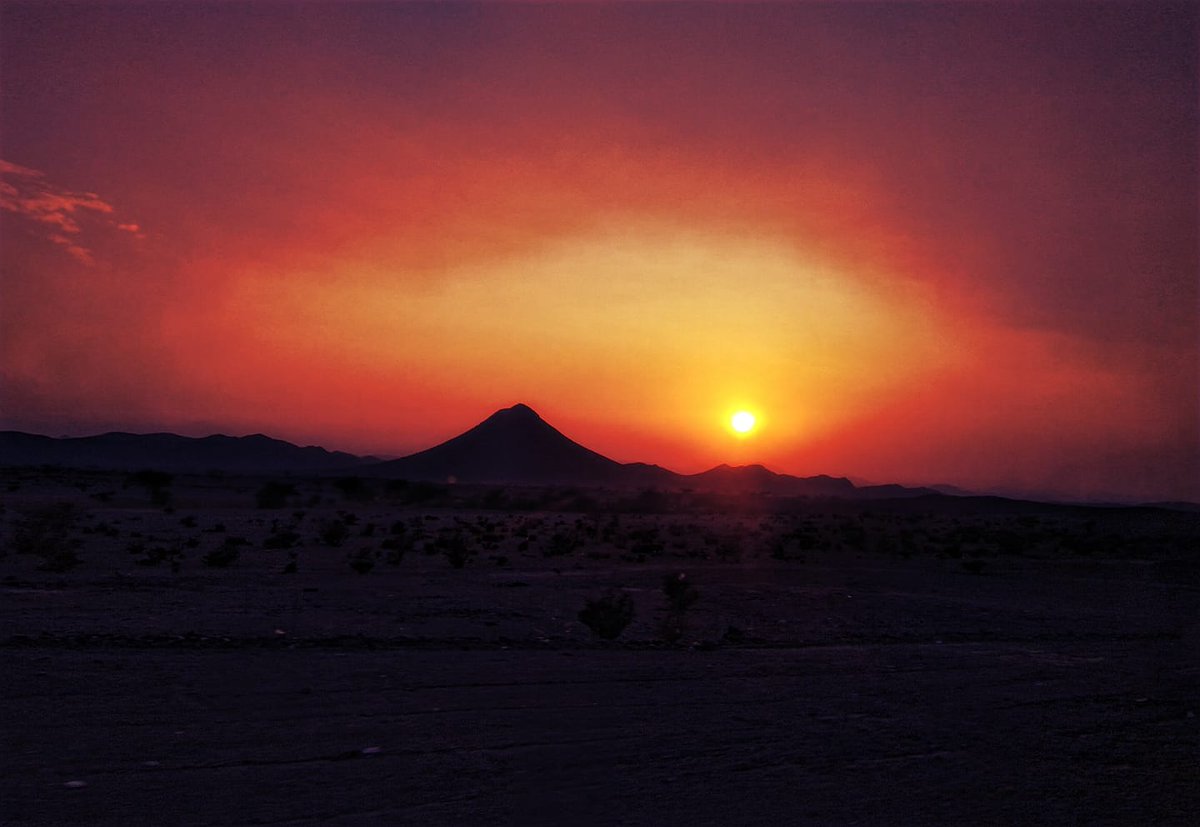
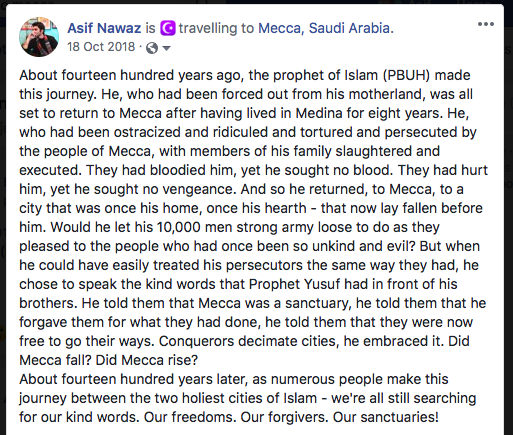
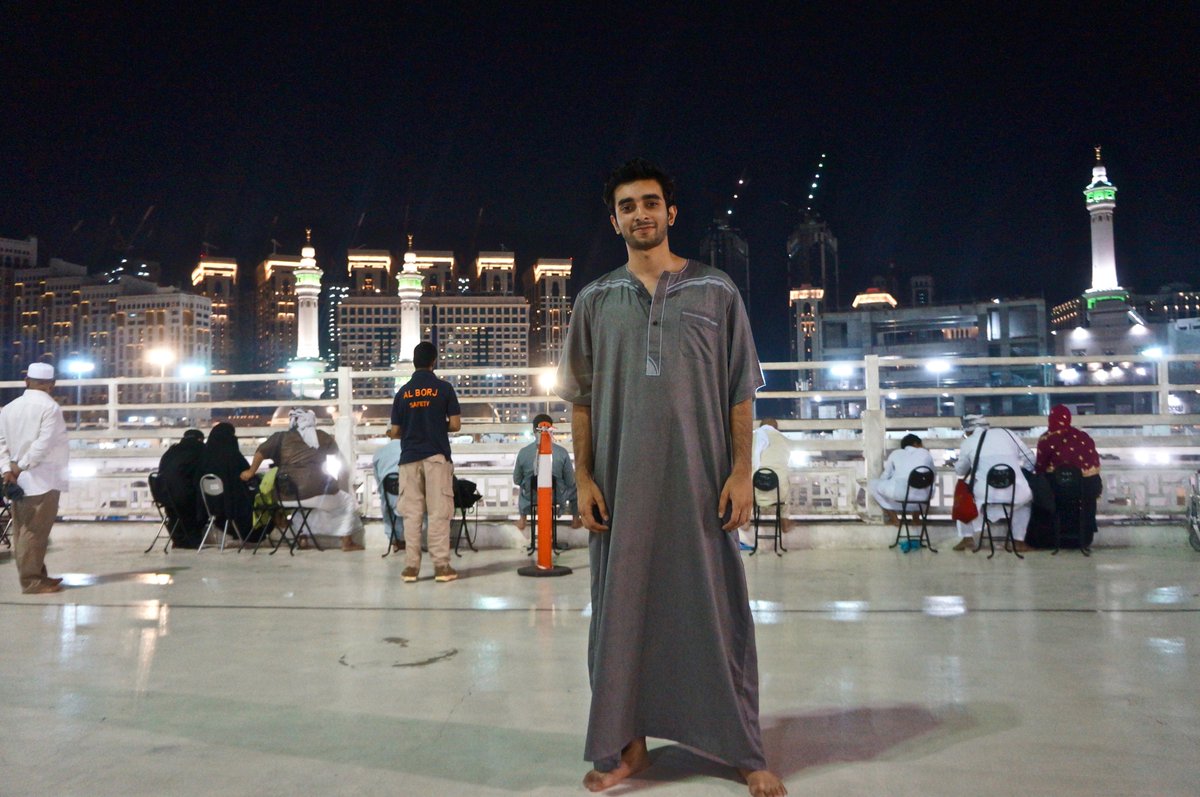

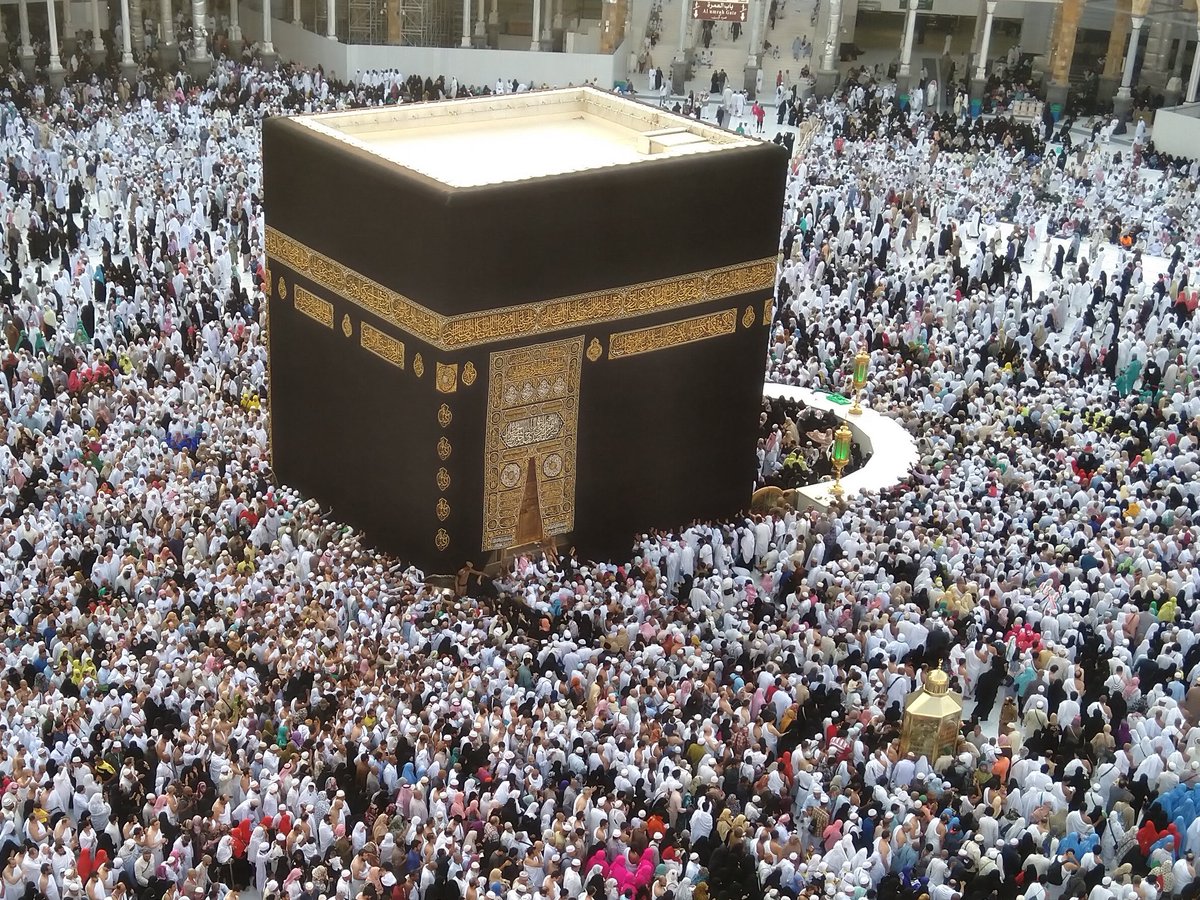
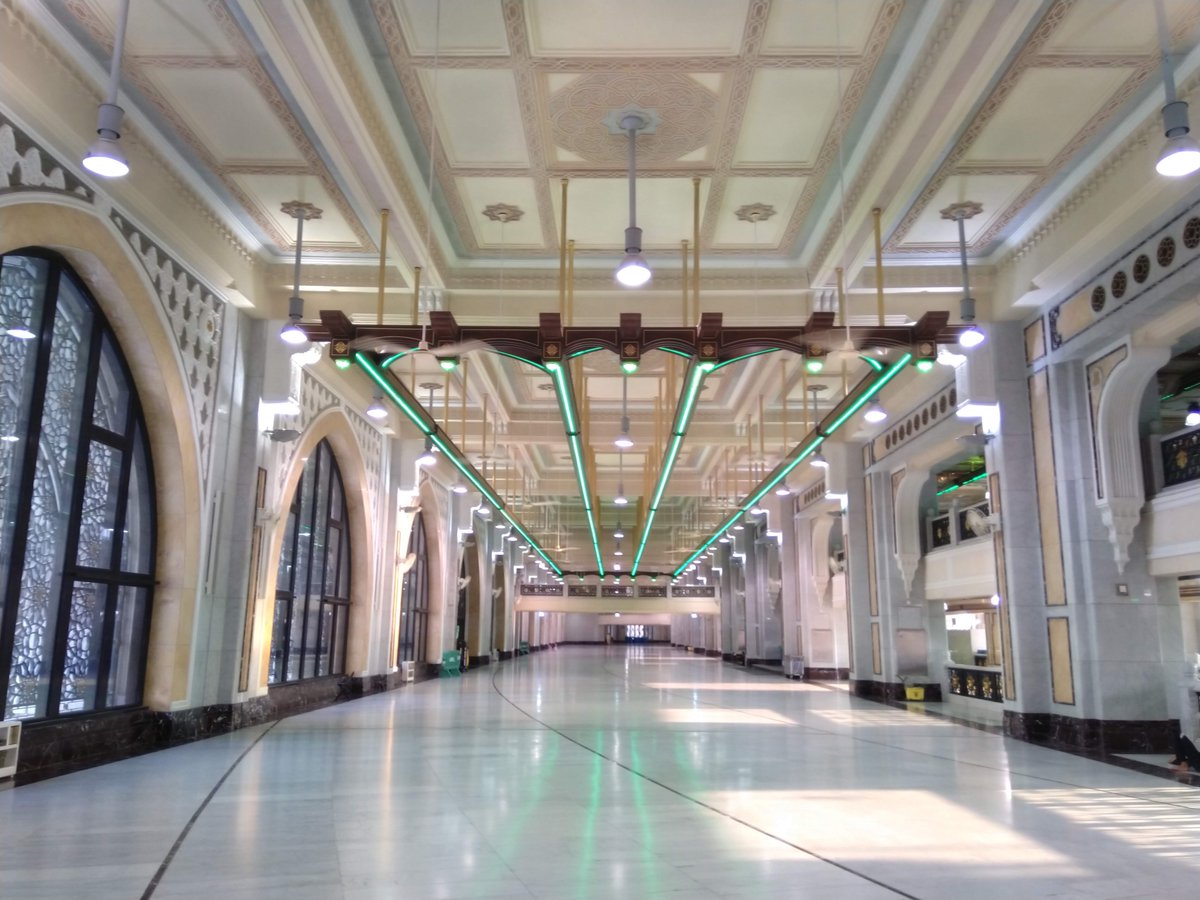
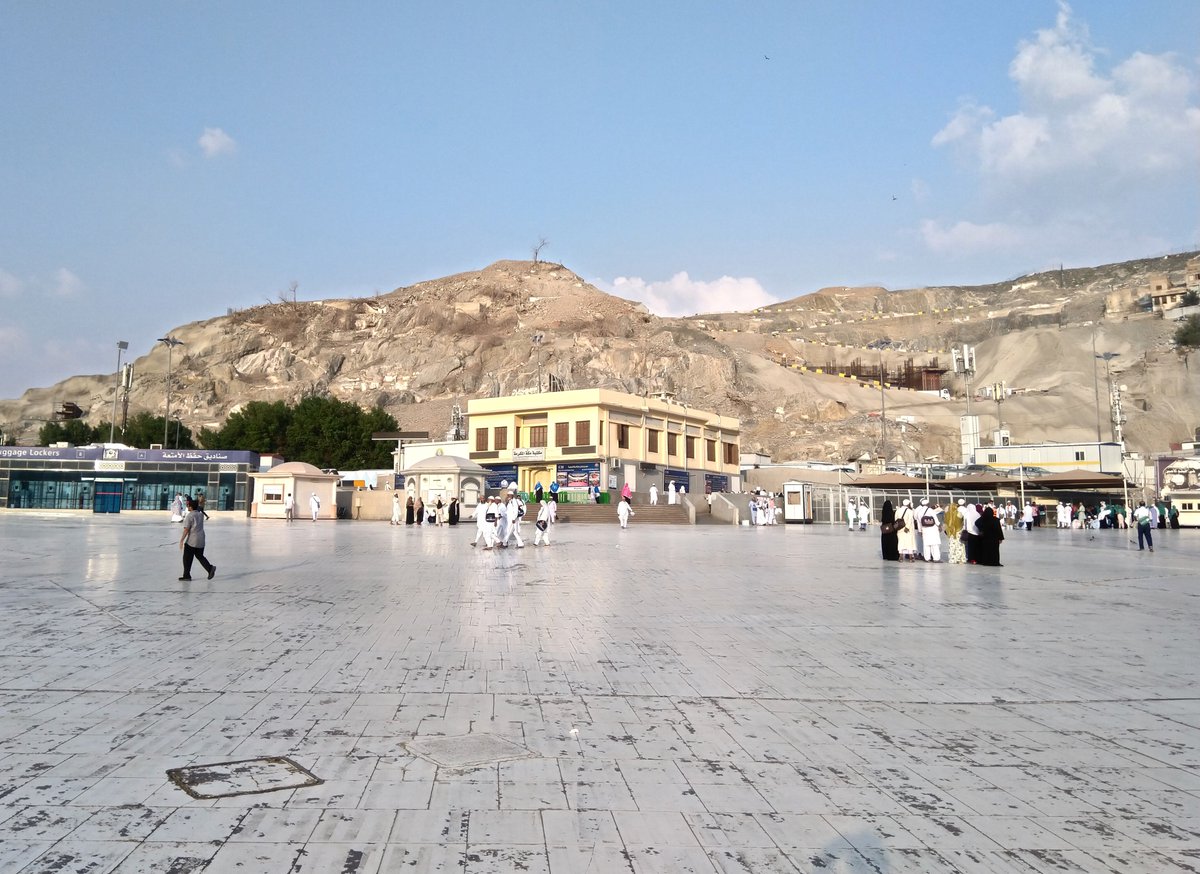
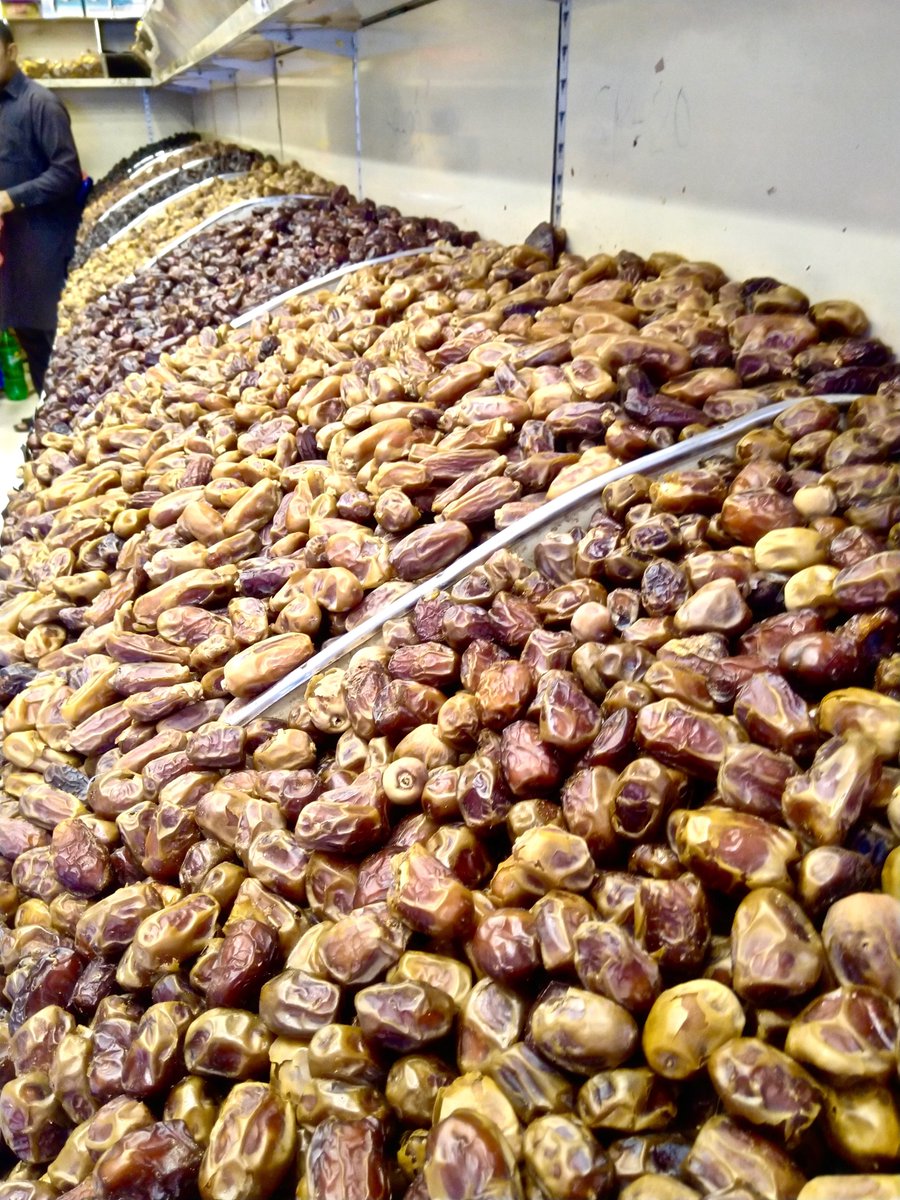
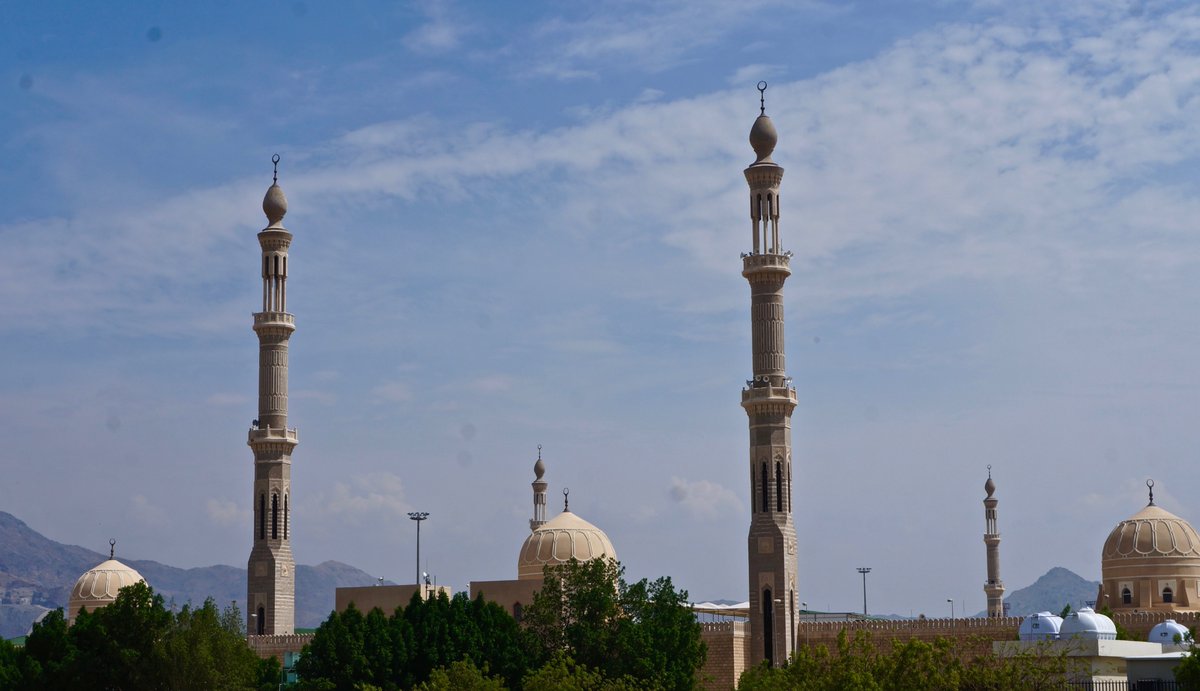
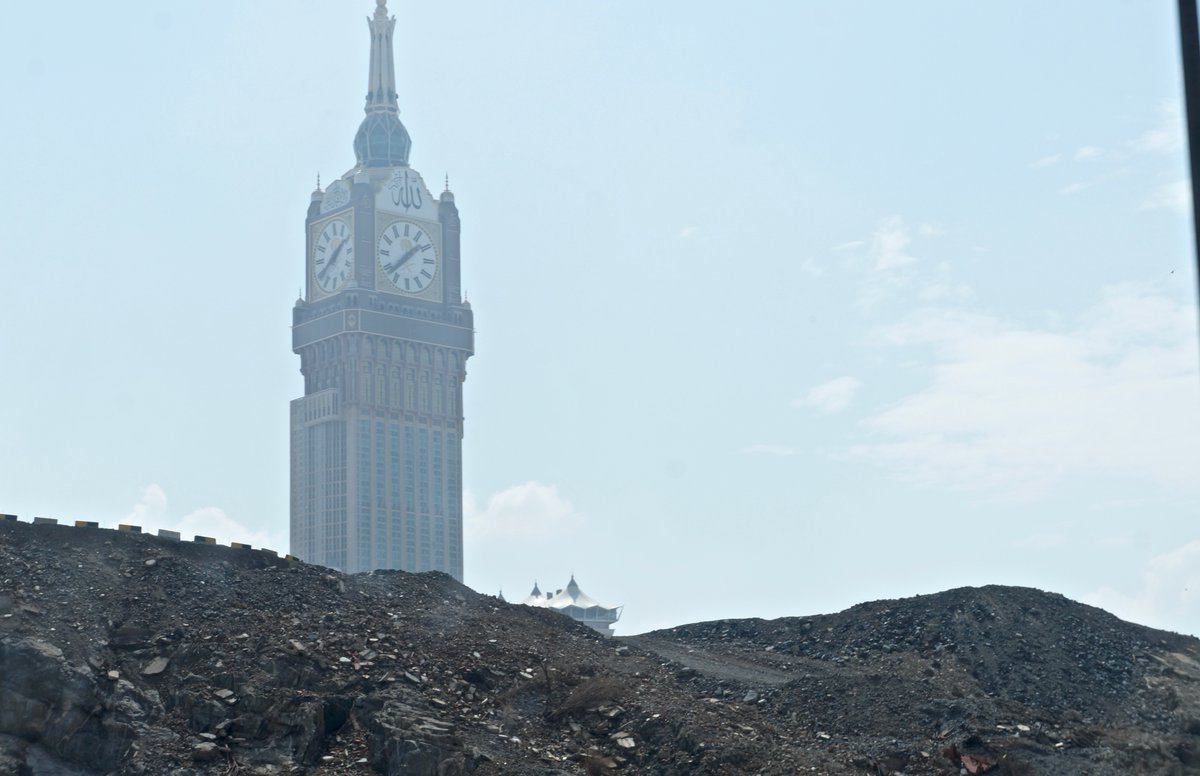
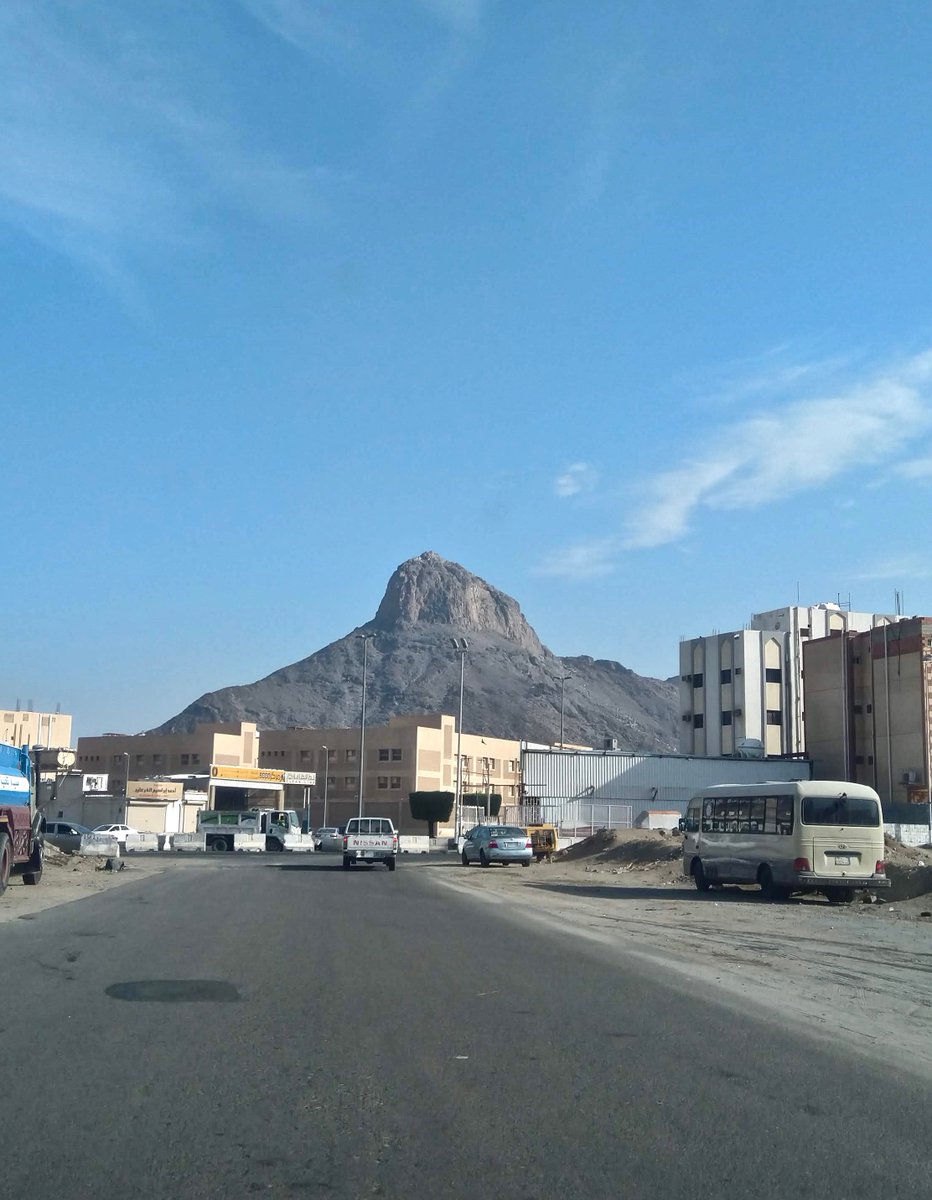
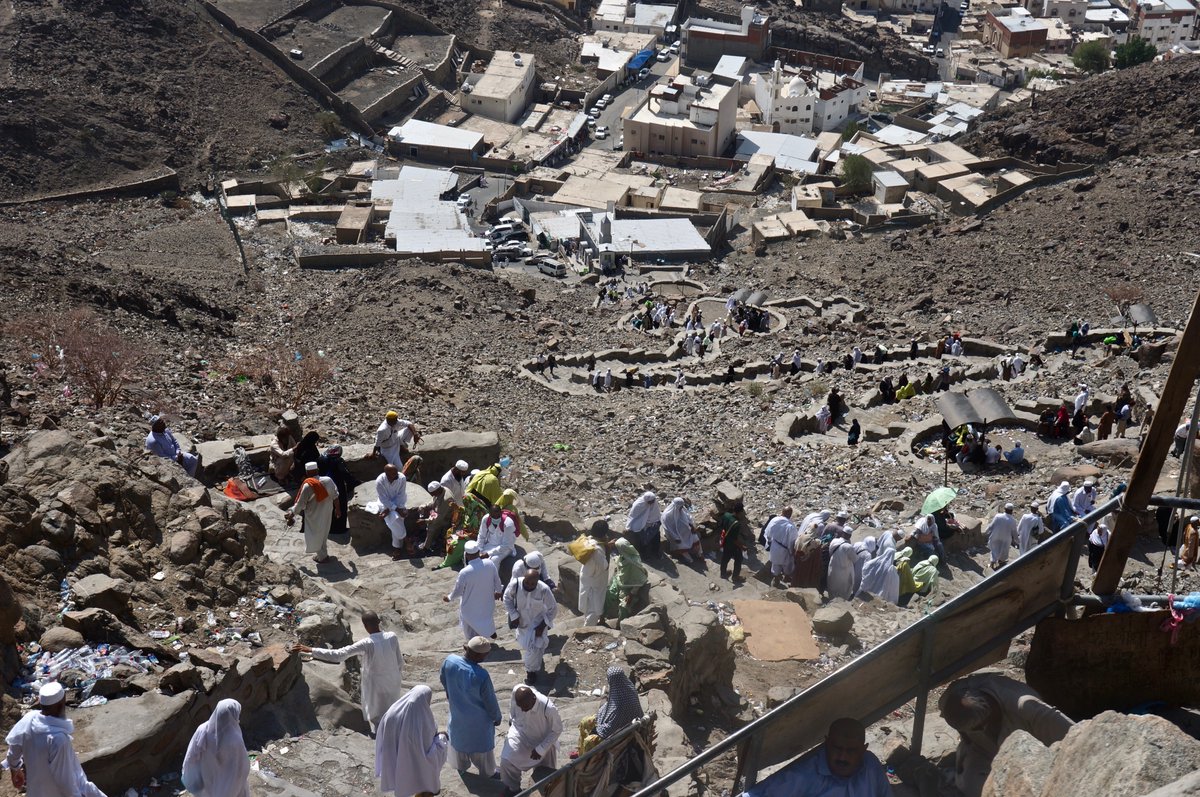
![The entrance to the cave with the first revealed verses written: “Read in the name of thy Lord who created; [He] created the human being from blood clot. Read in the name of thy Lord who taught by the pen: [He] taught the human being what he did not know.” The entrance to the cave with the first revealed verses written: “Read in the name of thy Lord who created; [He] created the human being from blood clot. Read in the name of thy Lord who taught by the pen: [He] taught the human being what he did not know.”](https://pbs.twimg.com/media/EX1REsoWkAAfw46.jpg)


